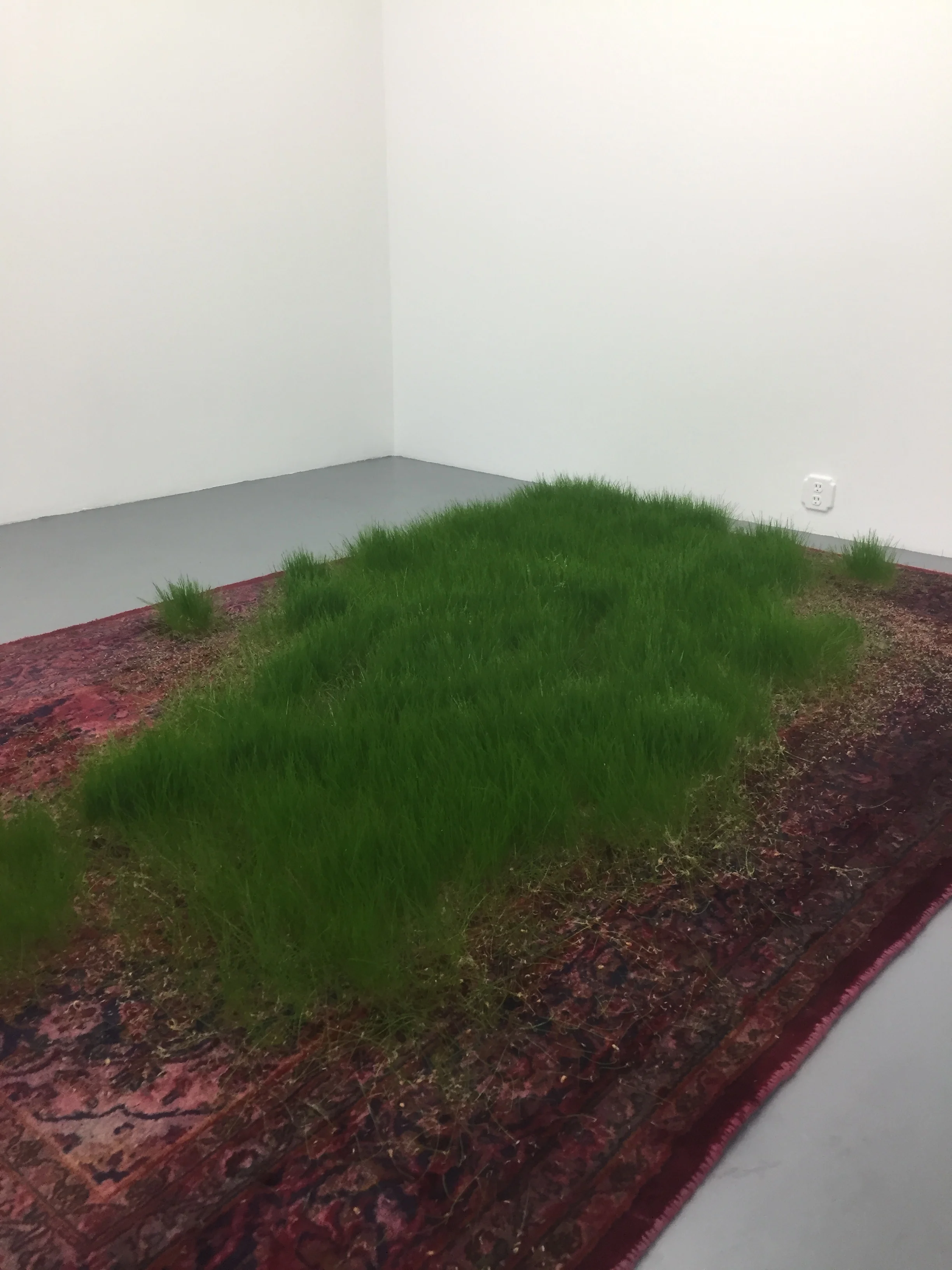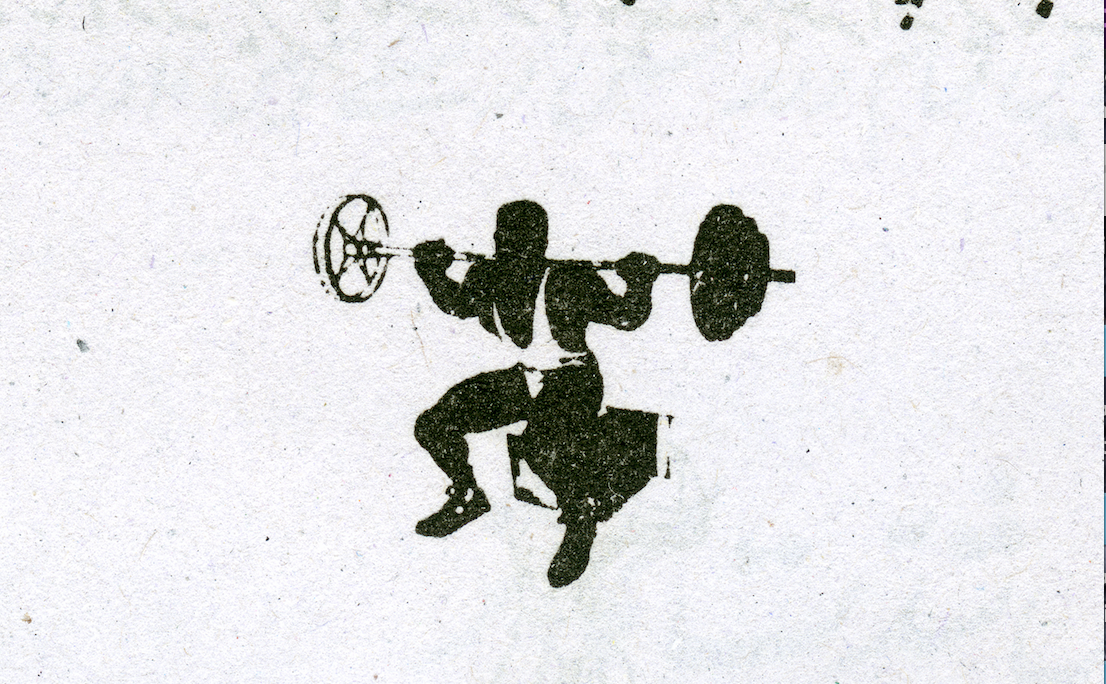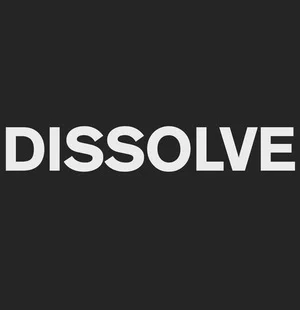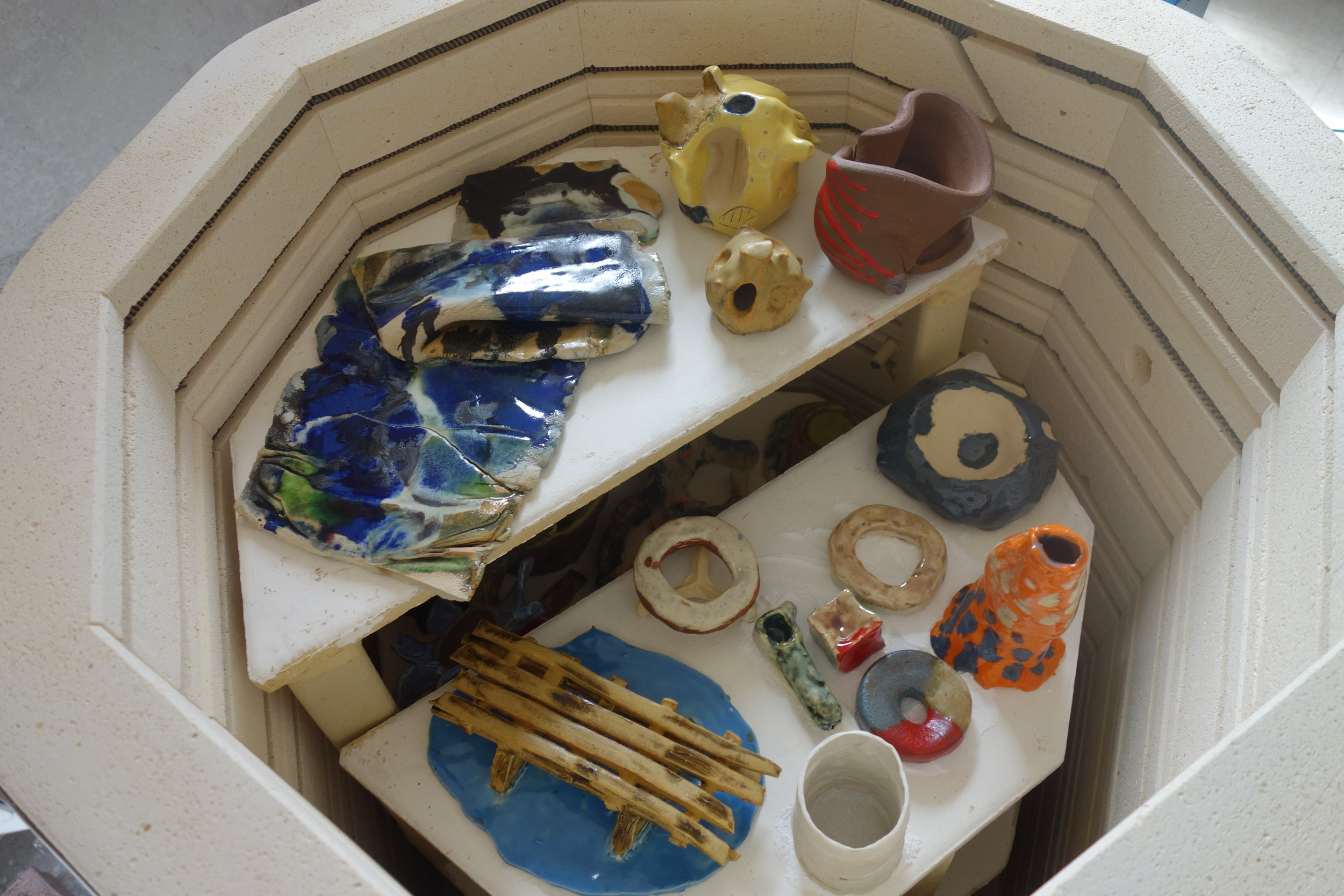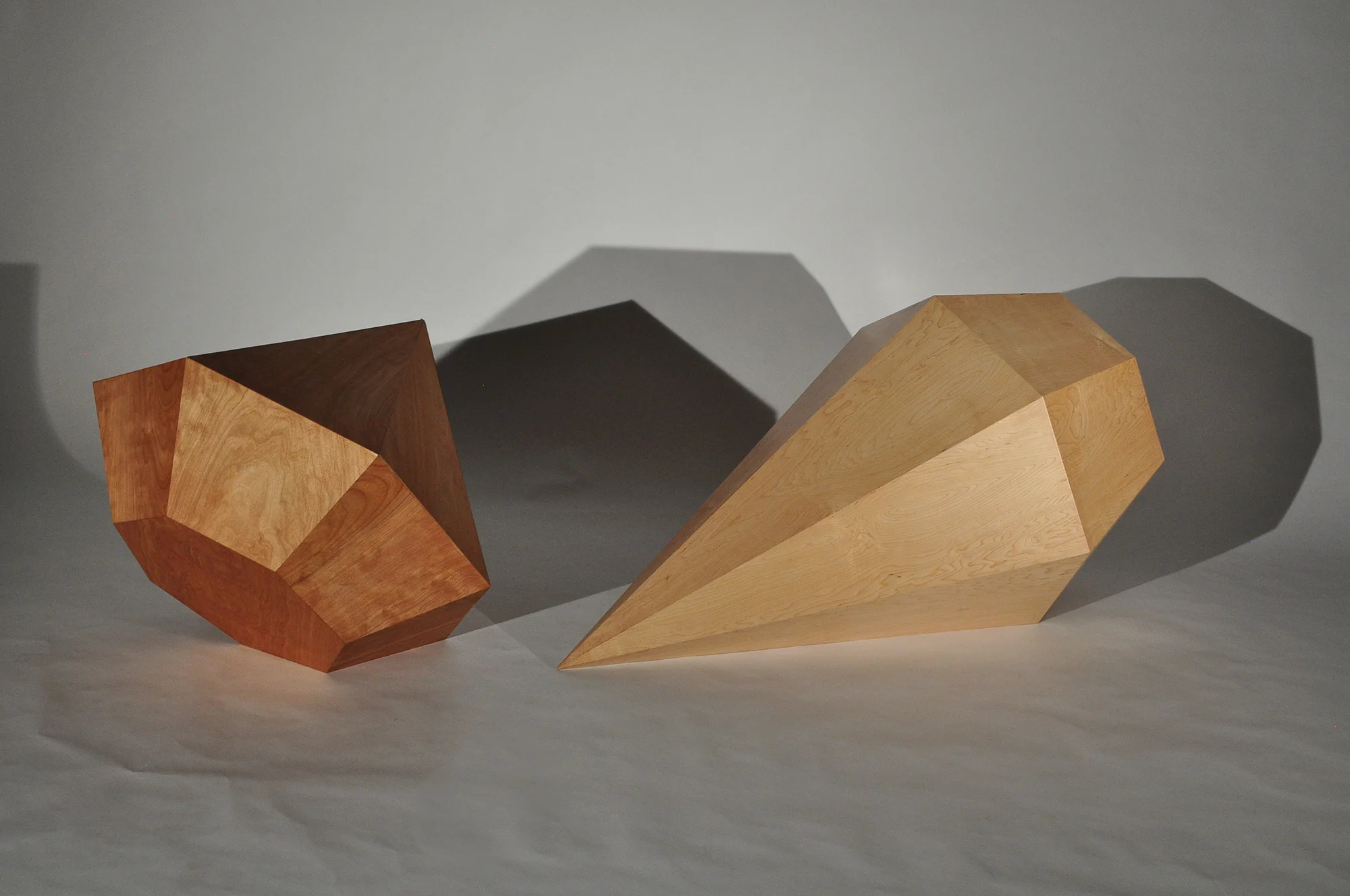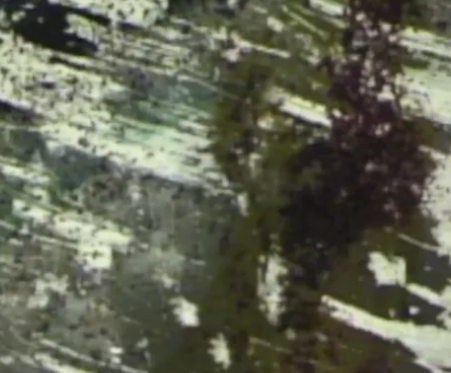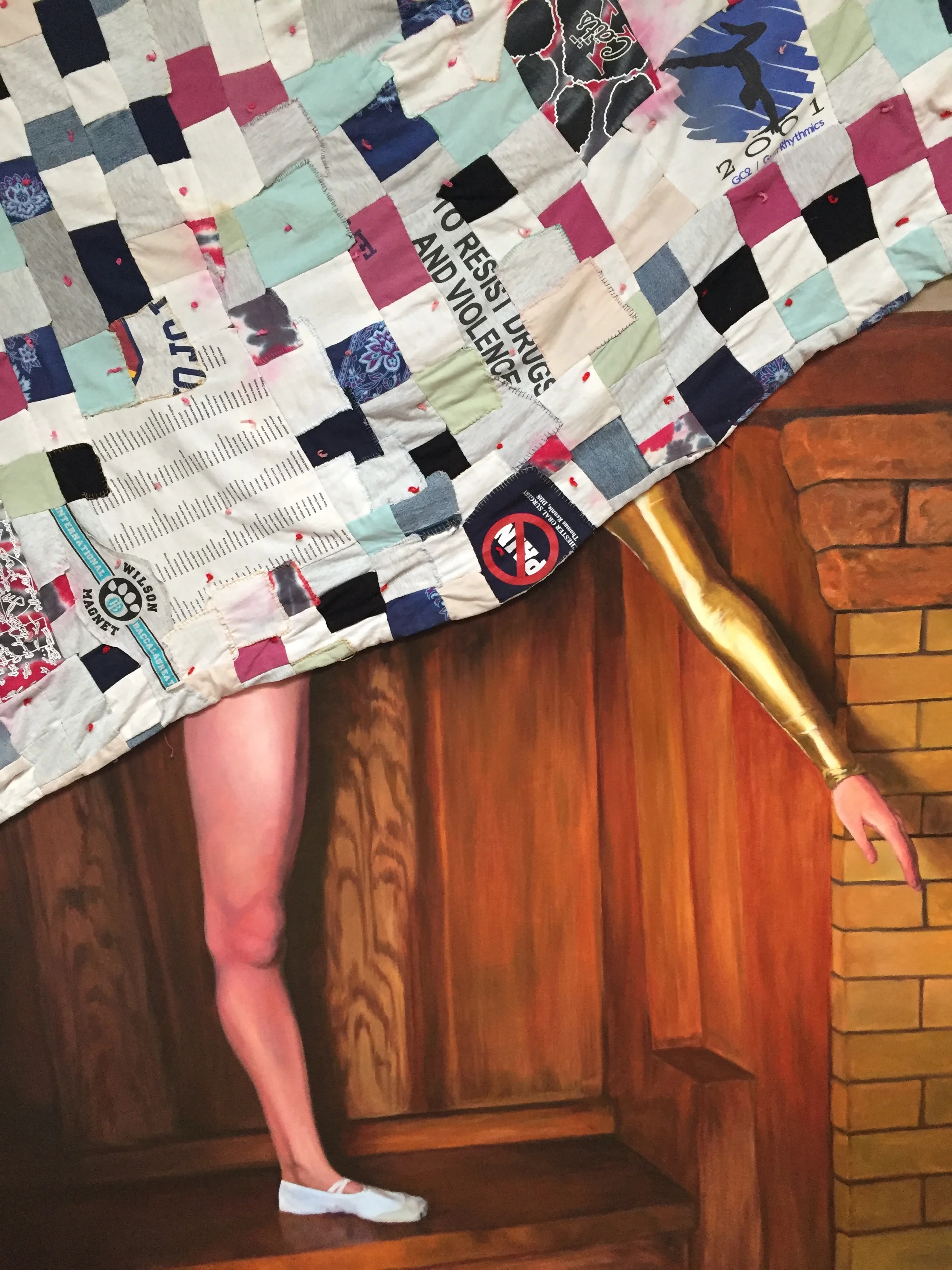Susana Eslava, Christopher Squier, and Carolina Magis Weinberg
The Bureau is an exploratory office of Dissolve, functioning as a site for archiving accounts of place, organized by each topic’s degrees of latitude and longitude. This project might be imagined as a cyclical catalog of the globe, or perhaps an encyclopedia in the round. Over the past year, the Bureau has delved into research on the absurdities and contradictions of globally-organized space.
Jyoti Arvey
50.4422574° N, 30.51882539999997° E
Delivered from the empty pedestal of a Lenin statue in Kiev, Ukraine: a poem, a construction, a fragmentary narrative of history, absence, and longing.
Prima Jalichandra-Sakuntabhai
34.101630° N, 118.326684° W
Crossings (X) explores the interchangeability and the permutability of the X. As symbol, letter, mark, X is an ever-expanding signifier that intersects concepts of unknowability, gender, I/You relations and borders. The piece is inspired from the book of logic puzzles, Satan, Cantor and Infinity, by Raymond Smullyan.
Zulfikar Ali Bhutto
31.77617° N, 35.23583° E
In “Searching for the Next Intifada,” the golden dome of the Al-Aqsa mosque in Jerusalem sets the stage for a discussion of queer Muslim artists reimagining radical futures.
Maio Alvear
0.002222° S, 78.455833° W
The misplaced touristic spectacle of the Mitad del Mundo near Quito, Ecuador (mis)situates the poetic wanderings of Maio Alvear, whose mysterious text-essay plays with the dis/appearance and loss of certain words, phrases, and their shadows. This text requires exploration of a digital nature.
Juan Pablo Pacheco
33.3587272° S, 70.6977911° W
In “Liquid Democracy,” Google's only Latin American data center in Quilicura, Chile provides a somber backdrop for a television script about Cloud-based computing.
Amanda Walters
26.67694° N, 80.03694° W
In an essay examining the architectural trappings of both leisure and power, Walters’ photo essay on Mar-a-Lago explores pan-Mediterranean revivalism, a style combining the Eurocentric tendencies of the US bourgeoisie with a pan-tropic twist through its expression in the domestic tropical destination of South Florida.
Kathryn Barulich
In 1789, thousands of women marched on the palace at Versailles, changing the course of the French Revolution. Kathryn Barulich presents the events of the October Days, the context they occurred in, and muses on how stories continue to affect each other, outside of linear constructs of time.
Christopher Squier
Ephemeral, political interventions seem to toe the line between protest and art, while not functioning as either. Citing works of contemporary art, political theory, and media studies, Squier ponders the possibilities of these actions as digital media, exploring how they morph while circulating virally. When considering these actions in the context of visual culture, the visual image might have more power than one would think.
The Undertaker
An ode to the all-male exhibition. R.I.P. The Undertaker is a critic, who only writes about exhibitions that are dead.
Harper Brokaw-Falbo
Chicago’s recent resurgence represents a triangulation of social justice at its most superficial and approachable level, the art world’s attempt to answer the calls of its constituents—namely the white, educated and middle-class liberals—for art that reflects their politics, but in a way that no longer ruffles any feathers and the pressures of the market.
An Open Letter from Dissolve to the Spambots at Facebook.
When today’s social and cultural archives are being forged in the sharing economy of Facebook news feeds—as our own role in these systems becomes more removed and the mechanisms behind them more automatic and opaque—Dissolve asks that Facebook attend to the particularities of its users’ individualities.
Una Carta Abierta de Dissolve a los Spambots de Facebook
Cuando los archivos sociales y culturales de nuestros tiempos se forjan en la economía de las actualizaciones de Facebook—y mientras que nuestro rol en estos sistemas se vuelve cada vez más disociado y los mecanismos tras de ellos cada vez más automáticos y oscuros—Dissolve pide que Facebook atienda las particularidades de las identidades de sus usuarios.
Juan Pablo Pacheco and Harper Brokaw-Falbo
Foreword to the fifth issue of Dissolve.
Read in English →
Prólogo para la quinta edición de Dissolve
Leer en español →
Paula Mendez
From the perspective of an urban architect, Paula Mendez traces the limitations of urban cartography to translate our experience of public space.
Read in English →
Desde la perspectiva de una arquitecta urbanista, Paula Méndez hace una revisión de las limitaciones y contradicciones metodológicas que generan las cartografías tradicionales.
Leer en español →
Moira Roth and Joanne Easton
For this issue, Roth contributed two enigmatic texts on abstract applications of mapping, presented in conjunction with Joanne Easton’s new work, Untitled (Insatiable).
Read in English →
Para esta edición de Dissolve, Roth contribuyó dos textos enigmáticos sobre las aplicaciones abstractas del mapeo, presentados junto al nuevo trabajo de Joanne Easton Sin titulo (Insaciable).
Leer en español →
Halim Badawi
A través de este artículo, Halim Badawi, fundador de Arkhé, explica los ejes conceptuales presentes en una de las colecciones del archivo: el archivo Queer.
Leer en español →
Through this article, Halim Badawi, founder of Arkhé, will explore the conceptual axes of one of the main collections of the foundation: the Queer Archive.
Read in English →
Kylie White
Kylie White charts the landscape as both an artist and as a geologist.By tracing the limits of geology, as one “cannot draw the clouds,” she begins to collapse the fields of geology and art, expanding the potential of each practice in the process.
Read in English →
Kylie White traza paisajes como artista y como geólogo. Al trazar los límites de la geología, donde uno "no puede dibujar las nubes", ella comienza a colapsar los campos de la geología y el arte, a la vez que expande el potencial de cada práctica.
Manuela Ochoa
El 4 de diciembre de 2016, varias mujeres de distintas regiones de Colombia, víctimas del conflicto armado, envolvieron el Palacio de Justicia en Bogotá con cientos de telas tejidas por ellas mismas. Manuela Ochoa explora la constitución de estas mujeres como sujetos políticos, a través de acciones artísticas colectivas.
Leer en español →
On December 4th 2016, women from various regions of Colombia who are victims of the civil war, wrapped the Colombian Palace of Justice in Bogotá with hundreds of fabrics stitched by them. Manuela Ochoa explores how these women become political subjects, through collective artistic actions.
Read in English →
KATHRYN BARULICH & JACKIE VALLE
The fore-word to Issue 4 examines the unlikely strategies inherent to the screen. While it is easy to think about the digital screen as a proxy or a frame, this issue proposes otherwise.
FORREST MCGARVEY
Currently, we use screen technology to interface with a variety of media. Enthralled by the capabilities of our devices to effortlessly reproduce, display, and create visual imagery, this essay explores the screen as a critical site of perceptual production. By examining the rhetoric and strategies of commercial advertisements for screen technologies, an emphasis is placed on the screen as a visual frame, a physical object, and a phenomenological site in order to propose how visual technologies have affected notions of visuality.
DIANA LI
We are participating in a digital seance. The screen you are looking at to read this article is your medium, connecting you to the streaming afterlife of the writer’s thoughts and memories.
JYOTI ARVEY
Jyoti Arvey took analogue photos of Skype conversations she had with friends and family while teaching English in Novosibirsk, Russia. This photo series and the accompanying texts defamiliarize the screen as a meeting place, exploring the intersections between digital surveillance, the archive, and notions of collectivity versus individuality.
JUAN PABLO PACHECO
The works of these four contemporary Colombian artists stem from a reflection of the liminal, material, and visual codes through which the screen produces the images that give us access to knowledge, time, and space. In the so-called post-internet/information/digital era, these discussions aim to understand the possibilities of interrupting/materializing/demystifying/enjoying the stillness of the world through the screen.
JONATHON HORNEDO
Jonathon Hornedo reviews the National Gallery of San Francisco’s exhibition, Petra Kujau: The Paintings, the first solo exhibition in the USA of the pioneering German artist Petra Kujau, great granddaughter of the extraordinary painter Konrad Kujau.
CHRISTOPHER SQUIER and JULIAN WONG-NELSON
For the current issue of DISSOLVE we examine the theme of haptics—or touch—as it relates to specific sites, spaces, works, and their tangents.
ALICE COMBS
In this essay, Combs speculates on the broader haptic connections between sites of repetitive touch such as the St. Peter’s statue in the Vatican, a stair banister smoothed from use, and her artistic project of polishing rusty industrial remains. How does cleaning or polishing reveal norms of entitlement, sociality, or possession?
ZULFIKAR ALI BHUTTO
Thank you for clicking on the link to this visual and written piece. Let us now begin.
NA CHAINKUA REINDORF
Reindorf's immersive installation project, Reveal||Conceal, introduces a less familiar art of the West African masquerade and functions as a contemporary strategy to undermine the unobstructed male gaze, while attempting to redistribute power structures that surround body ownership and policing. This project combines themes of feminism, cultural exploration, the public/private and the mystification of the observed body.
JACKIE VALLE
What does it mean to engage the body’s avisual senses to tap into registers of knowledge missed by sight? How does smell, as a sense inherently complex, intimate, and uncontainable, work through a more tactile logic than sight?
JUAN PABLO PACHECO
Digital images and information make up a vast portion of the global economy in the 21st century based upon the exchange of seemingly intangible goods. The ability to touch the goods one consumes in these economies is displaced, establishing new spatial and temporal relations along the chain of production and dislocating the violence at the core of neoliberal societies. The power relations and material conditions that enable digital goods to circulate through our contemporary economies are obscured by an ideology of digital intangibility.
JOSEPH DWYER
Often noted for their visual spectacles of sexual and violent excess, the films of Park Chan-wook present reoccurring themes manifested through the body. From his early work Sympathy for Mr Vengeance to his latest film The Handmaiden, haptic forms of communication offer a different perspective on themes of exploitation, the ferocious nature of capitalism, and muted desire.
IRENA AZOVSKY
"In my work, I tend to explore the potential of collage outside of the "cut and paste" limitations. I like to push the boundaries to see how much texture and layers I can fit into one piece without actually needing to glue anything down. This may involve weaving, cutting and intertwining and on occasion a little assistance from artist tape behind the scenes. As part of the nature of this process, I have worked in aspects of the collages that are non-static, that are intentionally free to move about the piece within the enclosed environment provided. This creates a new dimension where the collage work can take on a life of its own."
JASON RASMUSSEN
Object performance, touch as a cure, and irrational ritual: as we interact with the physical world, patterns occur. Household objects gain magical value and therapies are formed out of belief. Rituals develop around the way we interact with the people and objects around us.
CLARISSA CHOY
Even though we perform different versions of ourselves in different spaces, the identity uploaded onto the internet can become inflexible. The right to be forgotten online cannot extend to the world offline...
ALEX CRUSE
Cruse’s video essay combines sourced and computer generated material in order to examine the shipping container within a global and capitalist framework. In what way is a shipping container, a ubiquitous and nondescript object used in the transfer of consumer goods, also an integral part of shadow capital, insourcing and outsourcing, as well a receptacle and conduit of information?
SIMÓN GARCÍA-MIÑAÚR
This performance of the “unconvincing female” opens a space for the queer imagery . . . Herein lies the failure to perform and the birth of another kind of performance, one that happens everyday on the stage of ordinary life.
MATT GOLDBERG with CHRISTOPHER SQUIER
Editor Christopher Squier interviews Matt Goldberg about his new drop-in ceramic classes at SOMArts Cultural Center. Goldberg is a graduate of the San Francisco Art Institute (MFA 2015) and the University of Colorado, Boulder (BA 2012). He received the Recology Artist Residency (2014-15) and the Palo Alto Art Center’s “45 Days of Clay” Residency (2016). His ceramic and assemblage sculptures remix American pop cultural icons through a comic, cut-and-paste aesthetic.
HADAR KLEIMAN
Hadar Kleiman takes on the symbolic and historical weight of the diamond, offering unwieldy wooden diamonds on a grand scale that parody the advertising pretenses surrounding engagement and marriage ceremonies.
SAI LI
Li’s dream comics give form to the immaterial and irrational situations experienced while sleeping. “This is a conversational and confessional collaboration with my other self,” she writes. “It is a ritual of glorifying my mundane frustrations, deeply hidden fears and desires.”
ALEX LILBURN
This is the only poem I wrote while visiting Turkey in September of 2016. I wrote it on a Sunday. Then I stayed in Turkey, and I left on that Wednesday.
CHRISTOPHER SQUIER
Clark Ashton Smith and the Lovecraft Circle’s stories of the grotesque updated horror for a modern age in which superstitions had been overturned by science. Smith’s carvings established new nightmares and unconscious terrors, communicating the modern anxiety of a shared set of American writers in the early 20th century.
SANIYA TALHOUK
For Lack of a Better Word ruminates on what it means to use a surface that was already used because one feels so strongly the compulsion to put something down, lest one forgets it. How does one face the possibility of erasure and leave a memento of one’s impermanence behind – pulled from the (im)material remains of what was once already there?
JYOTI ARVEY
Taking apart conversations and interactions, this is an exploration of the precarious balance of human relationships, and how we are tied to each other in deep and breakable ways. Constantly shifting, our connections disintegrate, solidify, evaporate.
KATHRYN BARULICH
"S. O. SF!" - Save our San Francisco! - is a timely analysis of an upcoming installation, Dada@Sea, as part of the Dada World Fair coming to San Francisco in November, 2016. Looking back to dada's initiation one hundred years ago, this interactive, site-specific and multi-faceted installation contrasts the typical historical and institutionalized dada recreated performances, publications, and exhibitions.
JEFF JOHNSTON
A concrete poem. With a companion piece of an audio/visual presentation of hand painted 16mm digital hybrid film. Music by Mon Op (Scott Rouse & Jeff Johnston).
JUAN PABLO PACHECO
Founded in 1996 by Brewster Kahle, the Internet Archive is the inspiration for this collaborative piece with Michelle Krasowski, a former staff member at the IA, which unearths questions about the politics, ideological implications and cultural shifts that digital archives pose when understanding knowledge and information in the 21st century.
CHRISTOPHER SQUIER
"Footnotes” is a project by Christopher Squier of studio visits and artist interviews. It examines the detritus and milieu of artists’ studios as an alternative approach to discussions of artistic process, reference and inspiration, and the physical spaces devoted to working.
JACKIE VALLE
The space of appearance works through logics of resistance and survival, through which a form is iterated, lost, and (re)affirmed–remaining in the transformative. How does the work of art demand that one surrender–or dissolve–oneself into the unknowable?

























